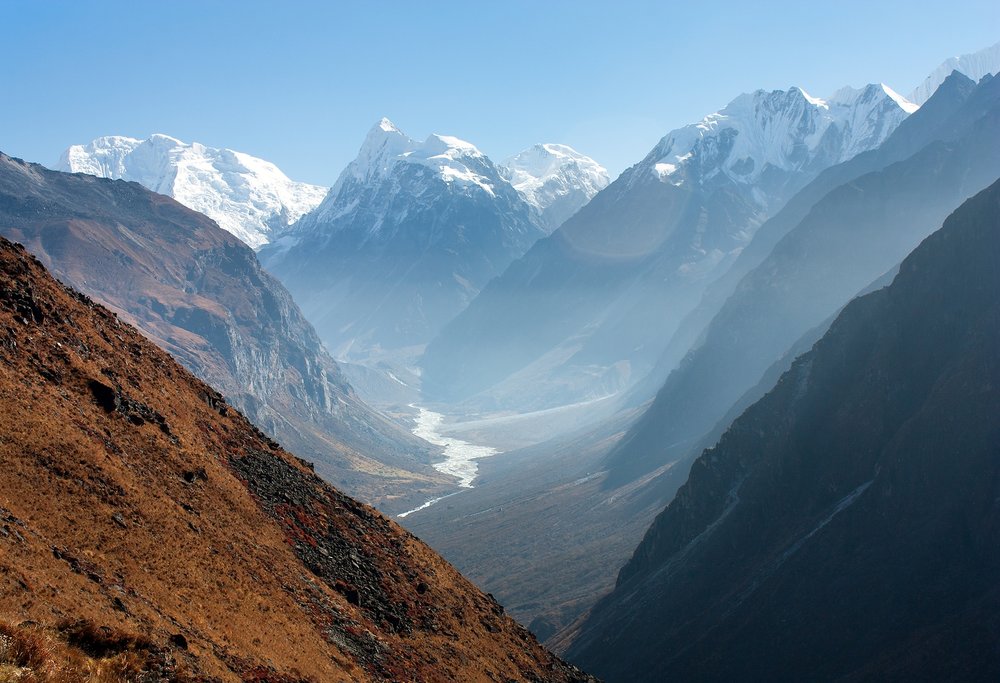If you’re planning a short trekking adventure, the Langtang Valley Trek is one of the best places to start. The route is easy and short, and the trail is well-marked. You will need a map to follow along the way. You will also need to carry a daypack and other essentials, such as water and food.
Day 3
Trekking through the Langtang valley is a fantastic experience for first-timers. It is relatively easy, but does require several days of walking. The trek begins at Syabru bensi, 1450 meters above sea level, and finishes at 4985 meters. The trails are steep and winding on the first day, but become easier after that. It is very tiring to walk uphill for several hours, and you can also get altitude sickness during this period.
Day 4
If you love trekking, the Langtang Valley Trek is a great option. Although it’s not as popular as some other areas in the country, this trek offers a tranquil environment and the chance to see the beauty of nature. This trek is not too far from the Capital city and offers a variety of weather conditions depending on the season. While all four seasons are beautiful, Autumn and Spring are considered to be the best times to go on this trek.
Day 5
The first part of the day is spent ascending through the forest. You will see the Langtang Lirung (Langtang Lirung Peak) occasionally in between the trees. This day’s trek takes you through the cool shade of rhododendron and oak forests. It is a gentle uphill trek.
Day 6
If you love the outdoors, you will love the Langtang Valley Trek. It is home to a variety of wildlife, including the Red Panda, Himalayan Tahr, Danphe, and the snow leopard. The trek is also a great place for birdwatchers, as you’ll see many different types of birds and butterflies.
Day 7
The Langtang Valley Trek begins with a scenic ride along the Trishuli River. It flows through the Trishuli Valley in Nepal. From here, trekkers can enjoy views of Langtang Lirung. A few hours later, they will reach the village of Langtang, where they will have lunch and stay in a lodge. This village is home to the Sherpa and Tamang communities, and is also the headquarters of the Langtang National Park.
Day 8
The Langtang Valley Trek begins with a hike through a pine and rhododendron forest before entering the wide valley of Langtang. From here, you will pass alpine meadows and eventually reach the village of Langtang, which was severely damaged in the 2015 earthquake.
Day 9
Day 9 of the Langtang Valley Trek takes you to the ancient Buddhist monastery of Kyanjin Gompa. The trek is relatively short at 6.5 kilometers and involves just a slight incline. Many people choose to visit the Kyanjin Ri viewpoint on the same day.
Day 10
Although the Langtang Trek is a moderate trek, it does require a good amount of preparation. You’ll be trekking for about five to seven hours per day and will need to hydrate well. You’ll need to be able to hike in altitude, and a local trekking guide will take care of altitude adjustment.
Day 11
Today, you will leave the Langtang Village and make your way towards the Langtang River. It’s an easy hike at first, but soon becomes steep and difficult. A beautiful view of the mountains awaits you, including the Kyanjin Gompa, a Buddhist monastery at a height of 3,830 m (12,566 ft). You’ll spend the day exploring the Langtang Valley’s ancient monastery and its surrounding area, including the cliff sides.

